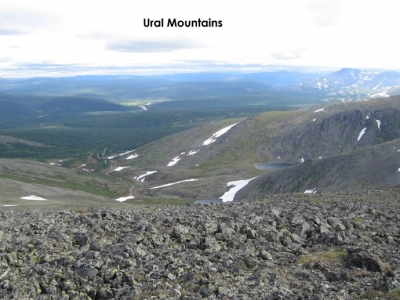
Since the 17th century, Siberia has been a part of modern Russia. Siberia’s territory extends eastwards from the Ural Mountains to the watershed between the Pacific and Arctic drainage basins. Siberia is divided into the Western and the Eastern Siberia, by the Yenisei River. Siberia stretches southwards from the Arctic Ocean to the hills of north-central Kazakhstan and to the northern parts of Mongolia and China. Siberia’s western part consists of some territories of the Ural region and the far eastern part has been historically called the Russian Far East.
Siberia is renowned globally for its long, harsh winters, with a January average of – 25 °C. Even though it is geographically situated in Asia, due to it being colonized and incorporated into Russia, it is culturally and politically a part of Europe. Some scholars say the word “Siberia” is derived from the Mongolian word ‘Shaver’ (meaning swamp), while some others connect the word with the name of “Sabirs” – the people who once inhabited the steppes of Western Siberia. The spreading of the name for the entire territory of Siberia happened due to the Russian advance in the 17th century.
The area of Siberia is 12.6 million square kilometres, which is 74 per cent of the whole territory of Russia. Can you imagine what this is like? It is almost 25 times the area of France!
Siberia is also home to the largest swamp in the world – the Vasyugan swamp. It is 20 per cent wider than the whole of Switzerland and it has more than 800 lakes within its limits. This swamp also contains the world’s largest deposits of peat. Apart from this, Siberia is home to Lake Baikal as well.
Picture Credit : Google




